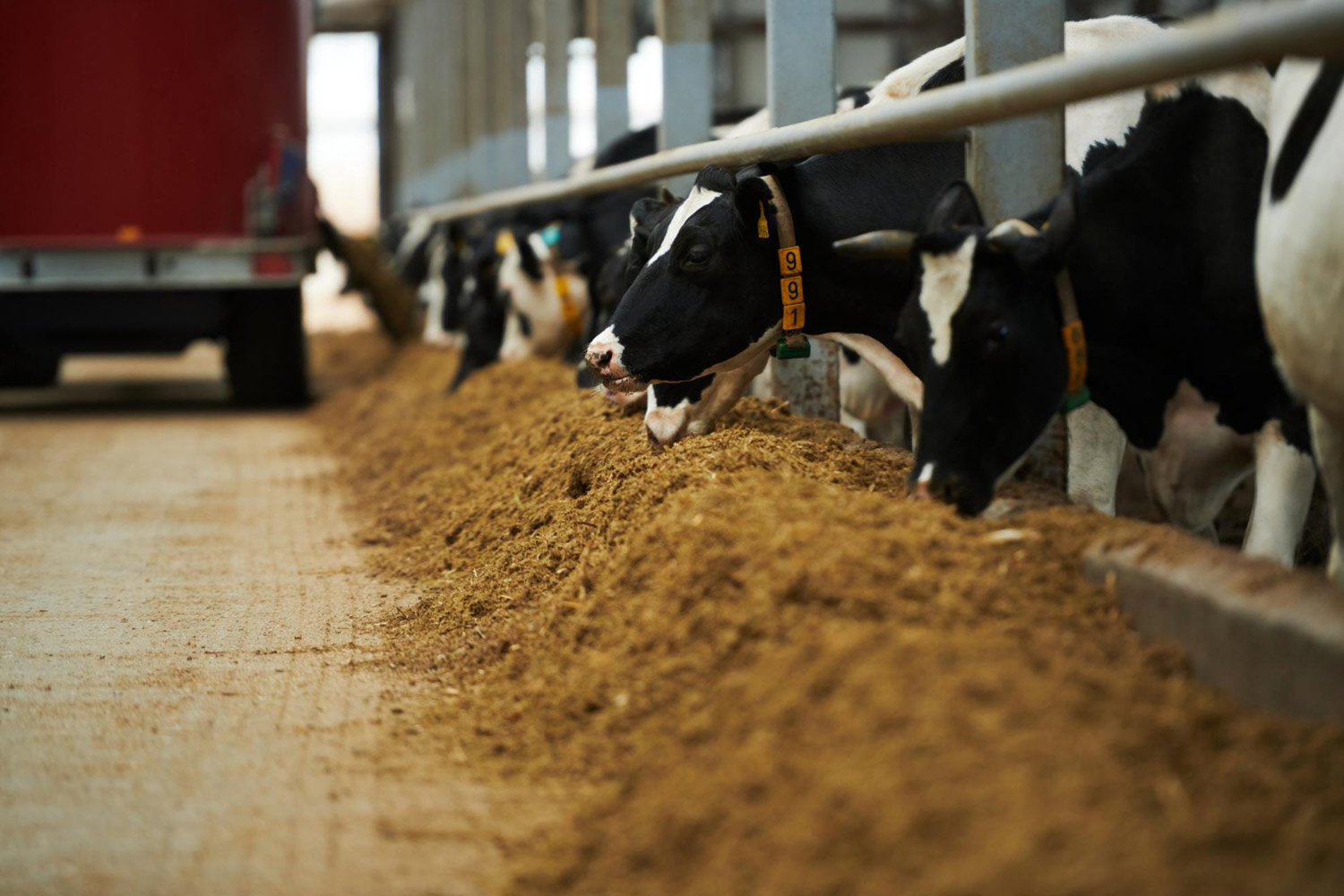Choosing the Best Minerals for Cattle

Minerals: Small Dose, Big Impact
Cattle don’t need a huge amount of minerals, but they do need the right ones in the right proportion. These trace elements support bone strength, metabolism, immune response, and reproductive health. If one of them is off, too low or too high, it affects everything. It’s not just about fixing visible problems. A good mineral plan helps avoid dips in performance that aren’t always easy to spot. This is where smart animal feed additives come in.Macro vs. Micro: Knowing What’s What
Minerals fall into two categories:
Macrominerals: These include calcium, phosphorus, magnesium, sodium, sulphur, potassium, and chloride. They're required in larger quantities.
Microminerals: Trace minerals like copper, zinc, selenium, cobalt, iodine, manganese, and iron. The amounts are small, but their importance isn’t.
Macrominerals mainly support structural and metabolic functions. Microminerals influence hormones, enzymes, and immunity. Missing out on either group can slow growth, reduce fertility, or weaken resistance to disease.
The Core Minerals Your Cattle Can't Go Without
Here’s what each one does:
Calcium and Phosphorus: Vital for bones and milk. Maintain a healthy 2:1 ratio.
Magnesium: Helps prevent grass tetany, particularly during spring grazing.
Sodium and Chloride: Regulate fluids and nerve signals.
Zinc: Supports skin health and immunity.
Copper: Needed for enzyme function and fertility.
Selenium: Helps prevent muscle degeneration and supports the immune system.
Cobalt: Key for Vitamin B12 synthesis.
Manganese: Contributes to bone development and reproduction.
Iodine: Essential for thyroid function and metabolism.
Any quality mineral mixture for cattle should strike the right balance between all of these.
Not All Cattle Need the Same Thing
Mineral needs shift as animals grow and change. A calf’s requirements aren’t the same as those of a lactating cow. Breed matters too.- Calves benefit from higher levels of zinc and copper.
- Older cows may need more magnesium or phosphorus.
Bioavailability & Chelated Minerals: Why It Matters
Bioavailability is a measure of how much of a mineral actually gets absorbed and used in the body. Some minerals pass straight through the system without being absorbed, especially if they’re in less digestible forms. Chelated minerals, those bound to amino acids or other organic compounds, are easier to absorb. They work especially well in high-producing or stressed animals. Valvin’s formulations include chelated minerals in key spots to improve uptake and performance.Signs Your Cattle Might Be Missing Something
Some signs show up gradually. Others are more severe. Here’s what to watch for:- Slower weight gain
- Rough or patchy coat
- Drop in milk output
- Fertility delays
- Lameness or joint stiffness
- Sudden collapse or death (can be linked to magnesium or selenium)
How to Read a Mineral Mix Label
- Complete mineral breakdown — both macro and micro
- Chelated sources — especially for zinc, copper, and manganese
- Carrier material — should be free-flowing and moisture-resistant
- Format — pick what fits your feeding system: loose mix, block, or water-soluble
- Certification — look for BIS and FSSAI compliance
Organic vs. Inorganic: Which to Choose?
Inorganic forms (like oxides or sulphates) are commonly used and budget-friendly. Organic forms, especially chelated ones, are better absorbed and more effective under stress. The best approach? Use a blend. That’s how Valvin designs its mineral plans—cost-effective but smart in structure.Avoid These Common Mistakes
It’s easy to get mineral feeding wrong. Avoid these traps:- Over-supplementing: Too much copper or selenium can be toxic.
- Neglecting water quality: High sulphur or iron in water can block absorption.
- Using one mix for everything: Different groups have different needs.
- Improper storage: Moisture ruins potency.
- Skipping regular reviews: Herd needs to shift over time, your mineral plan should too.

